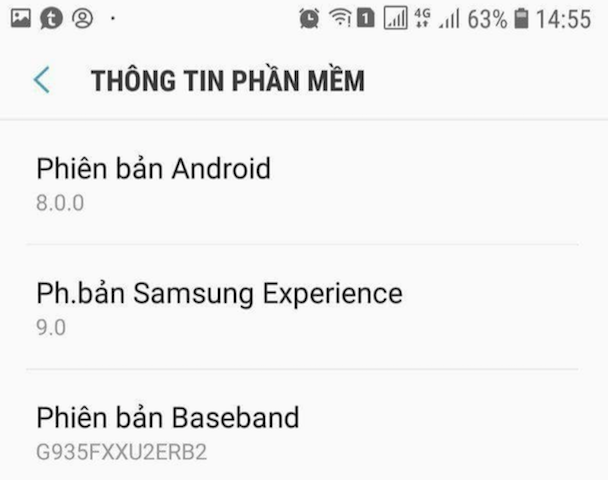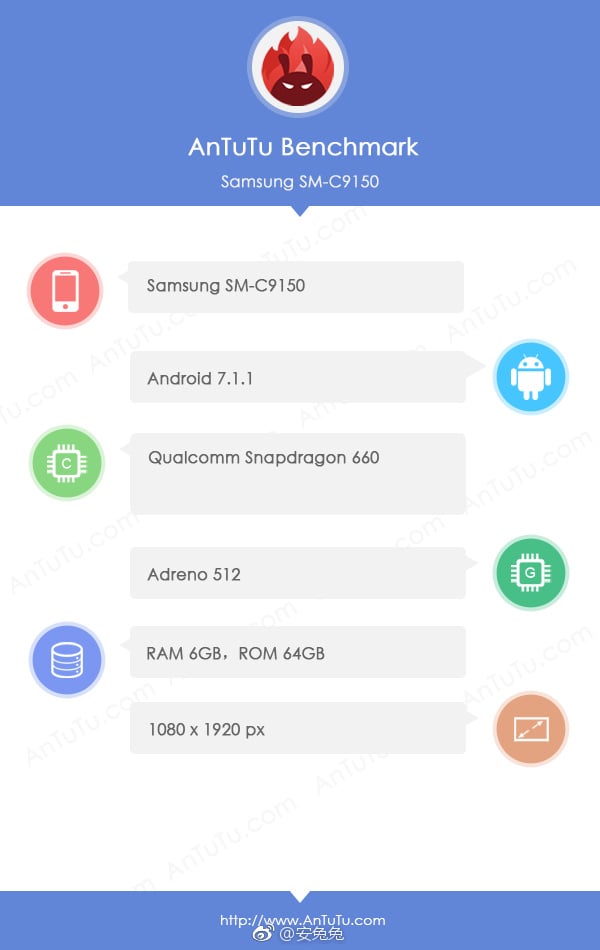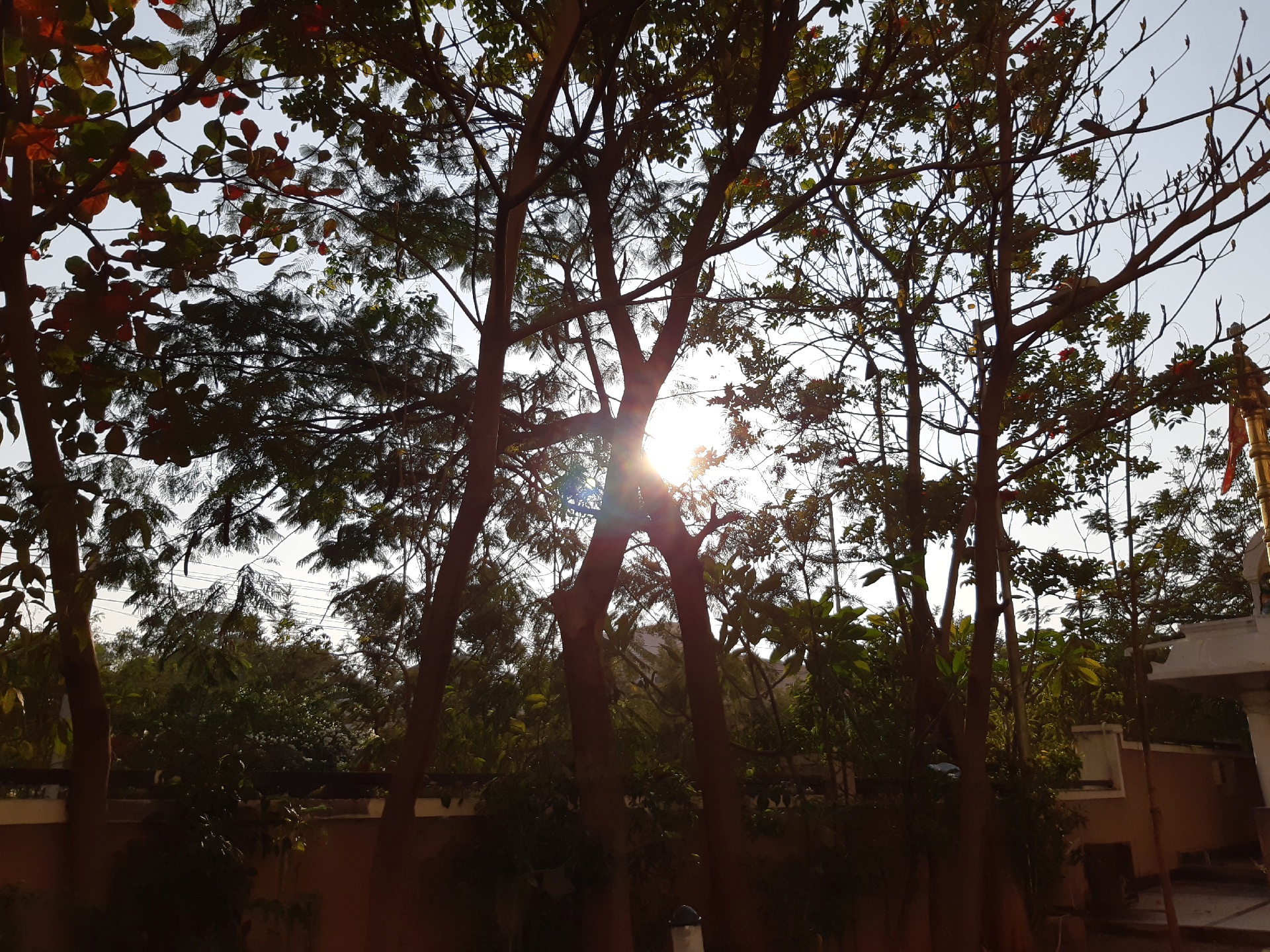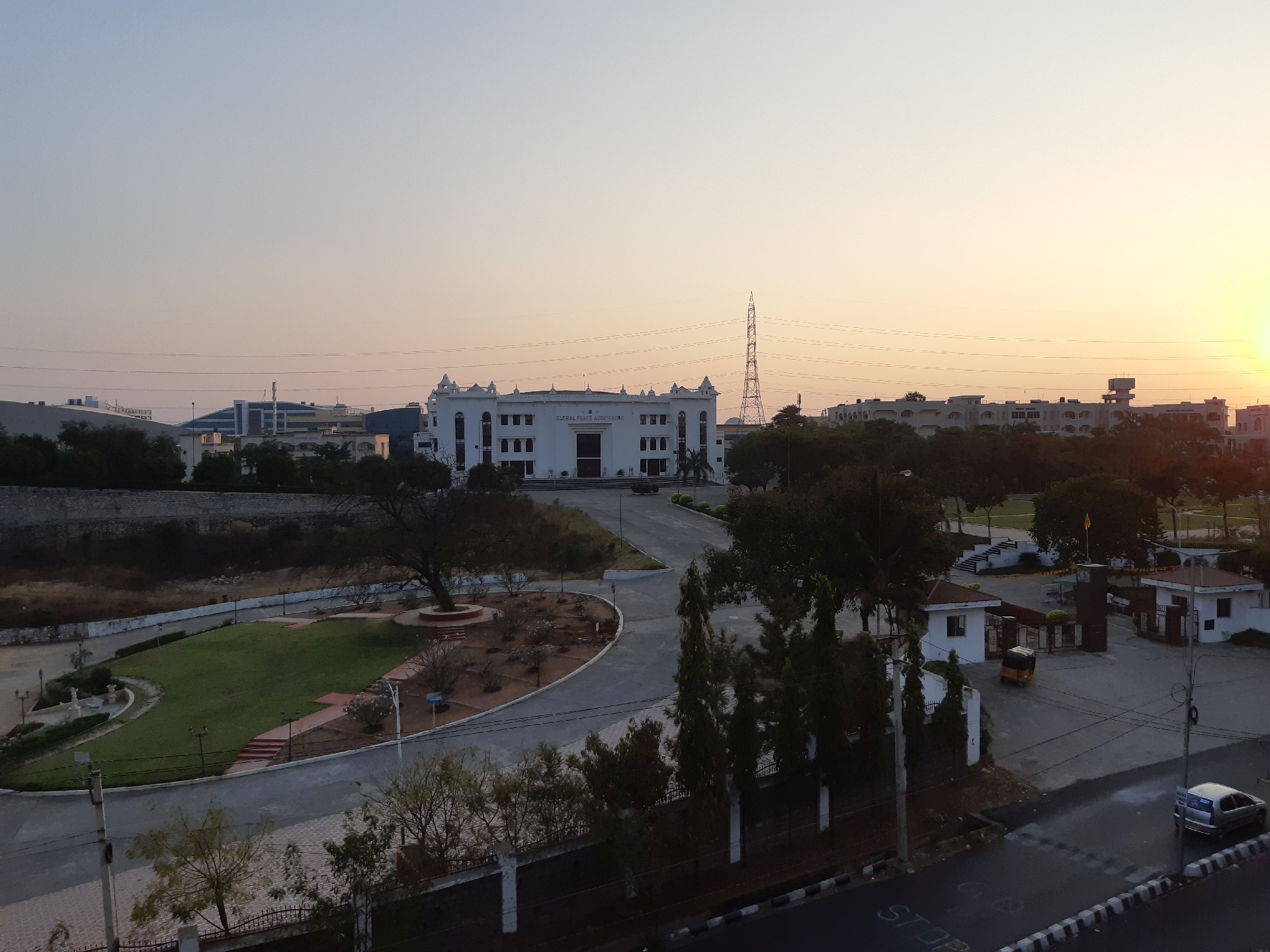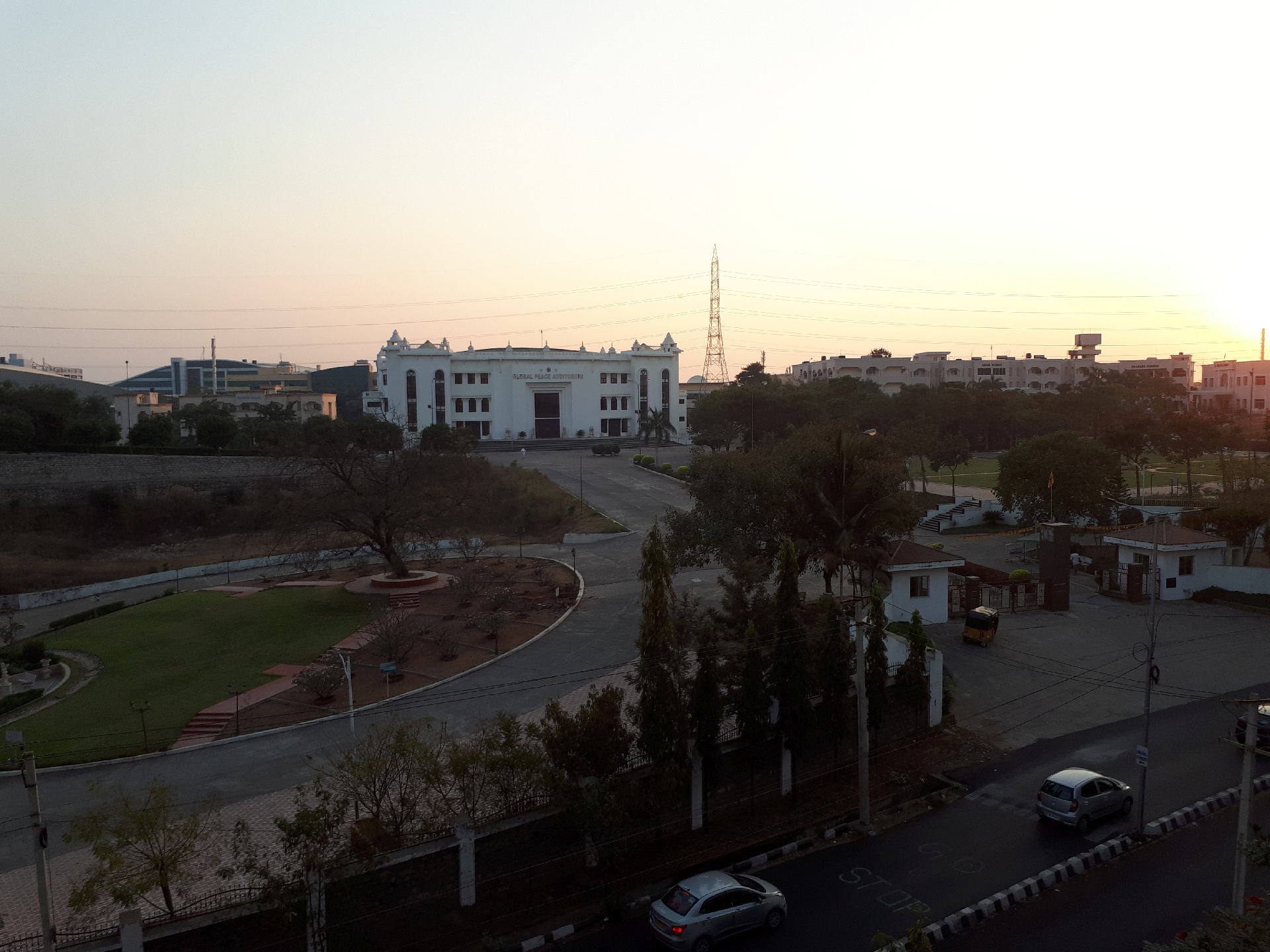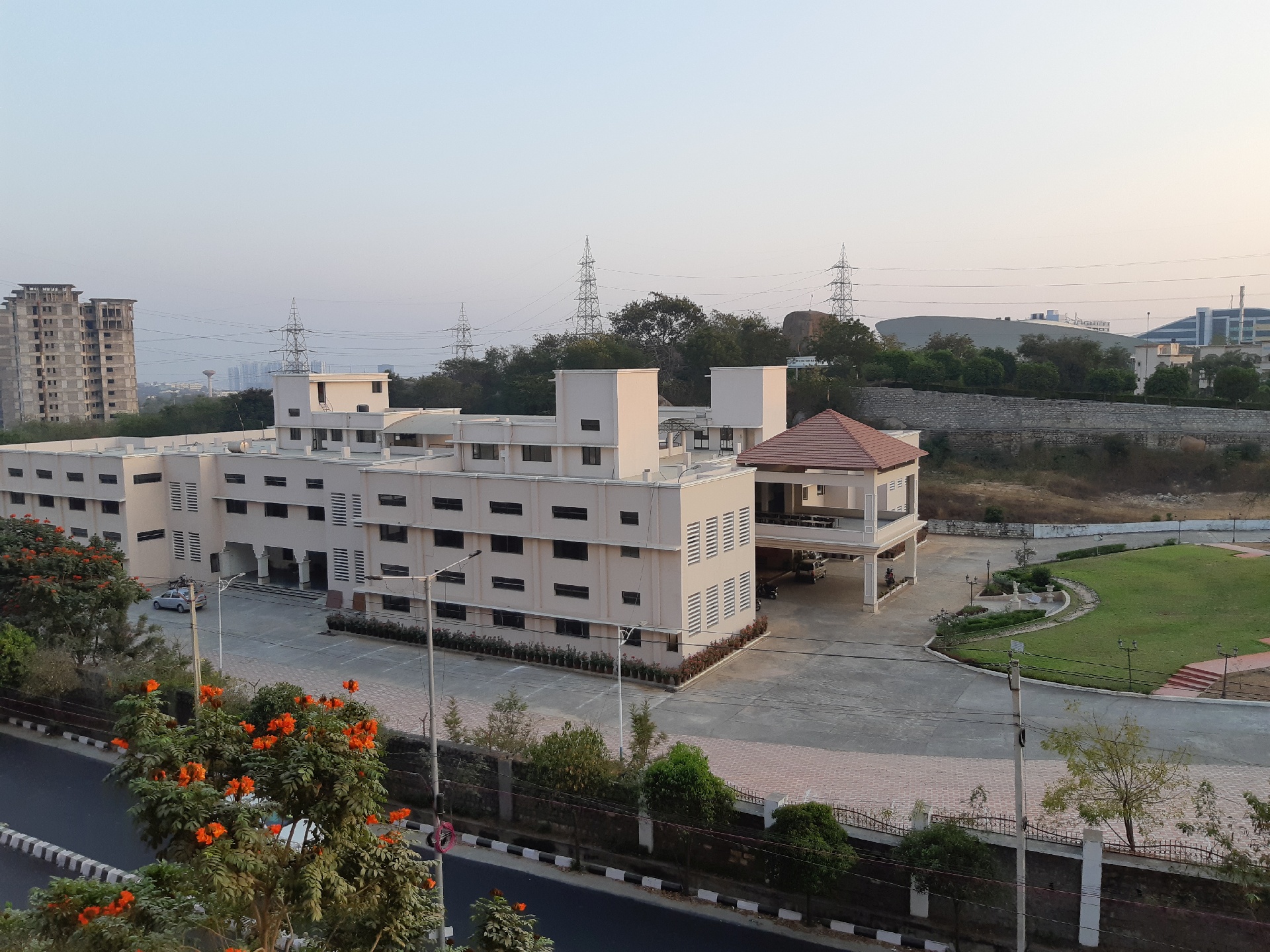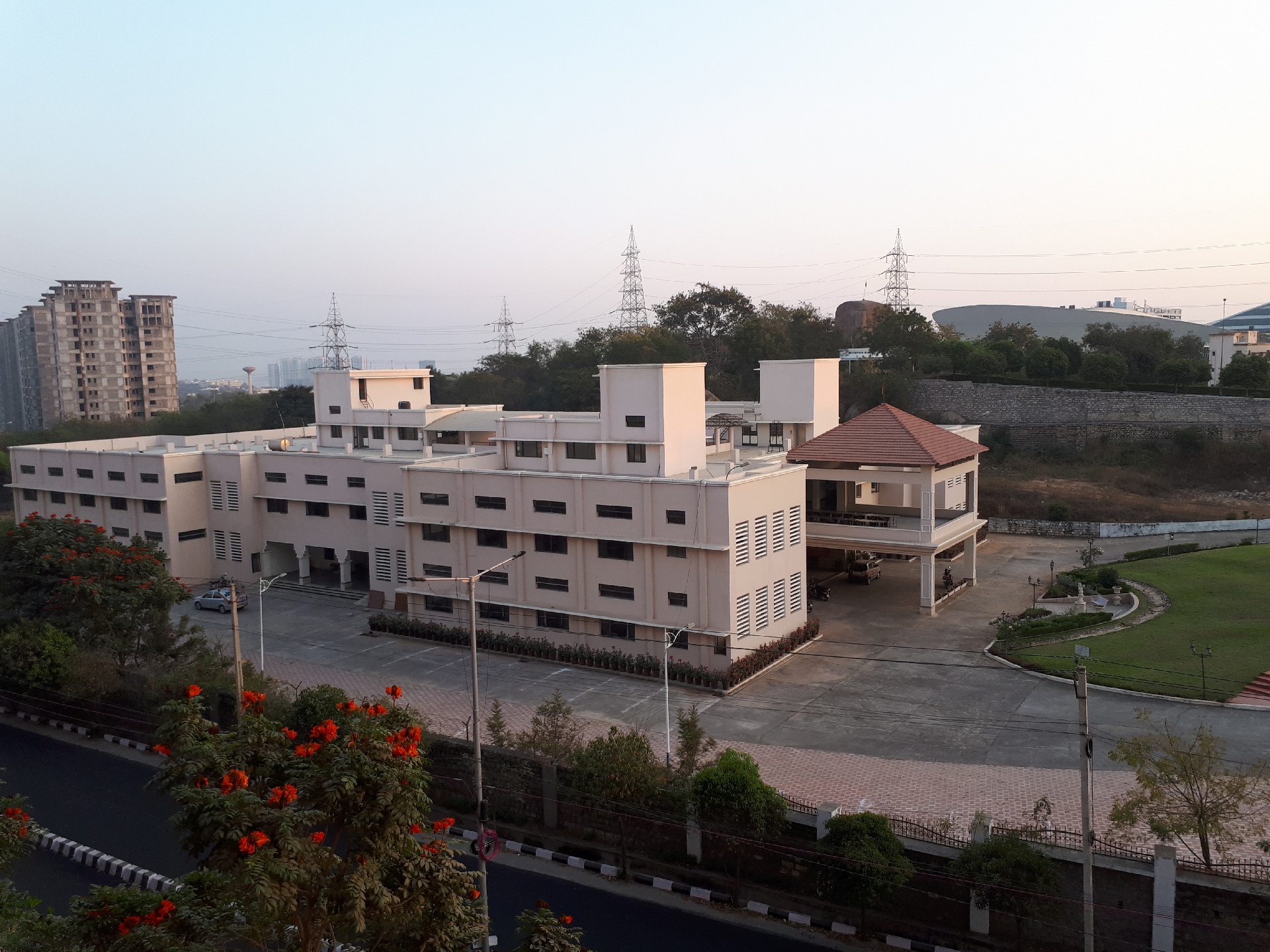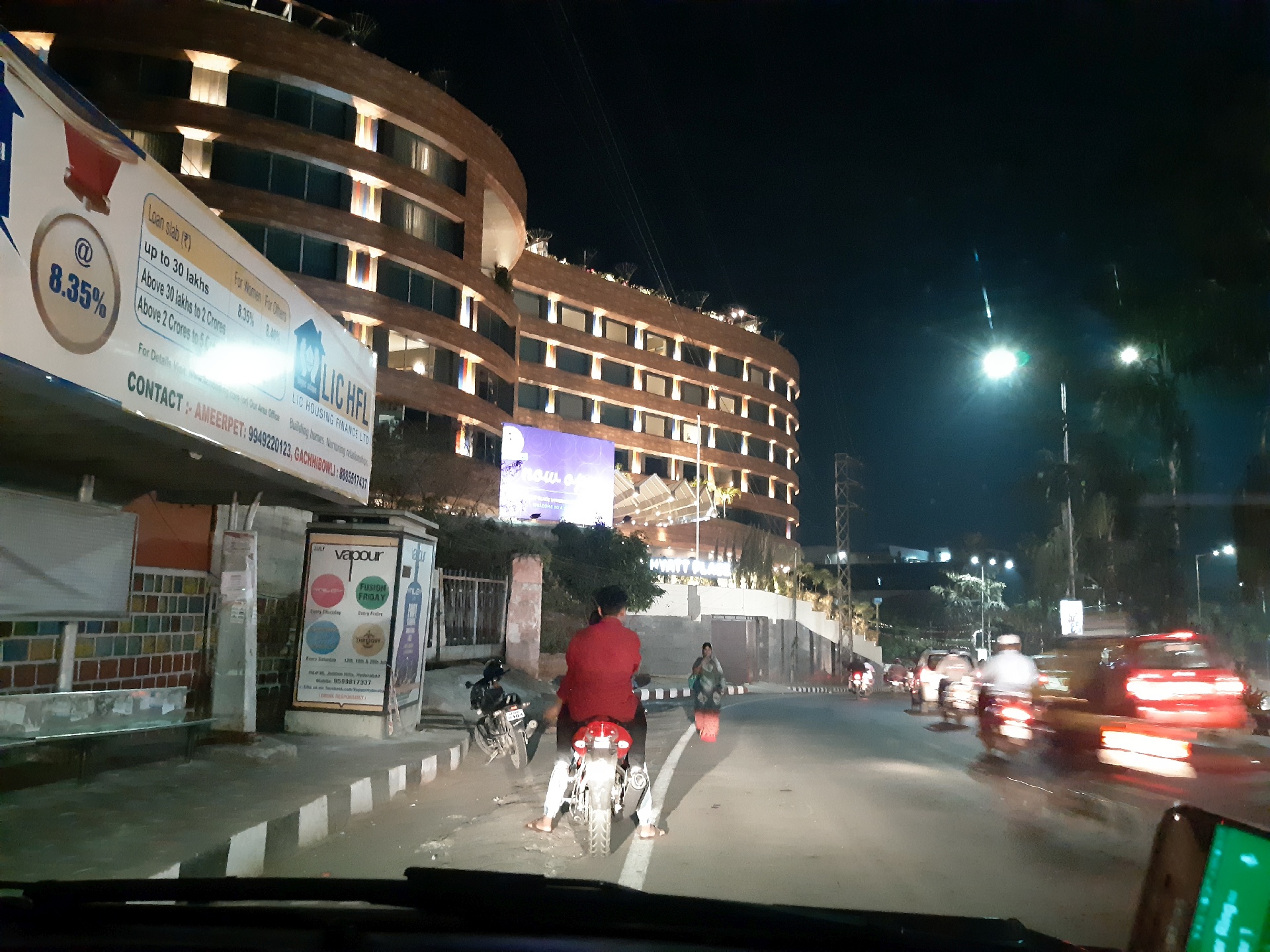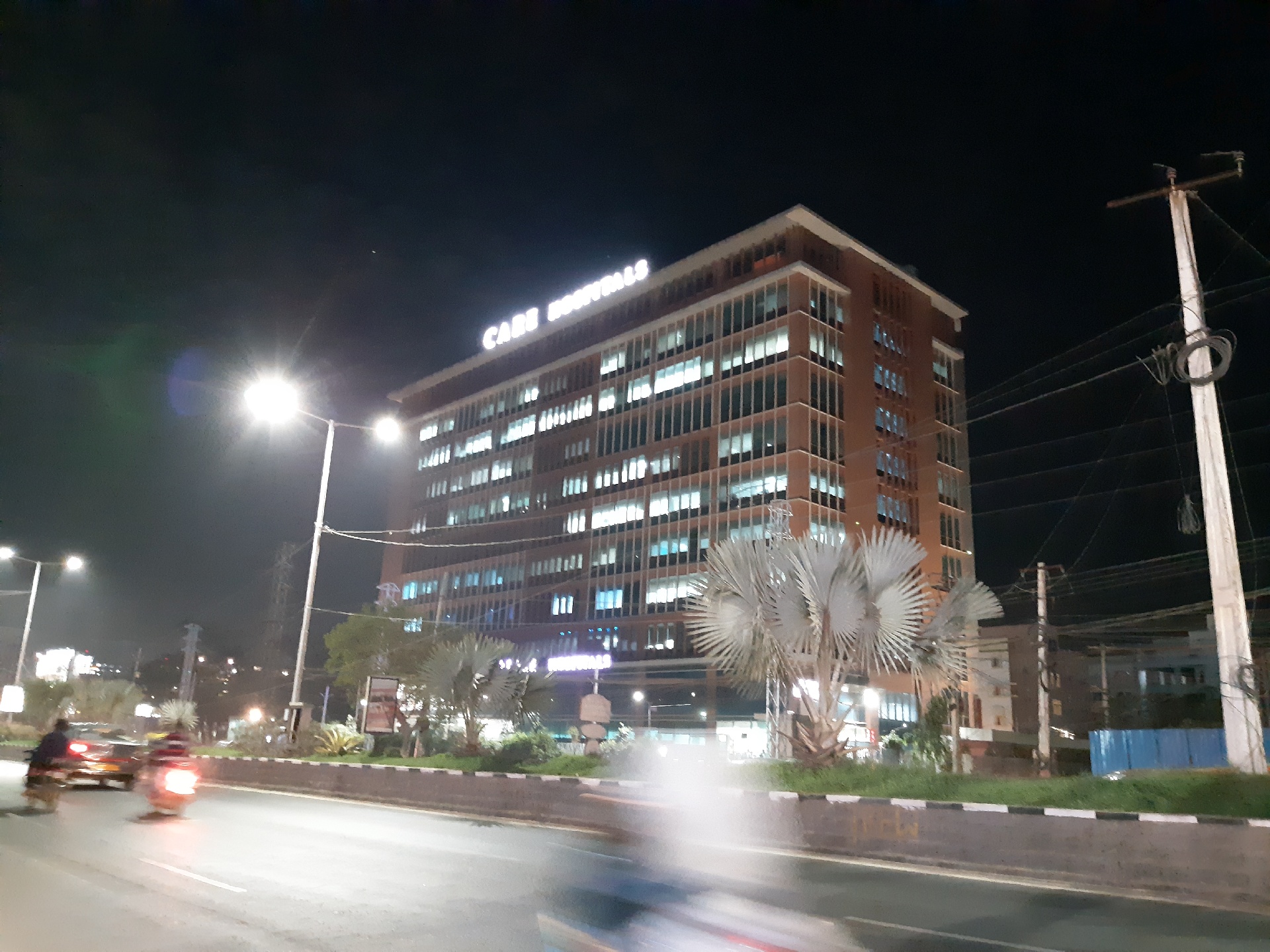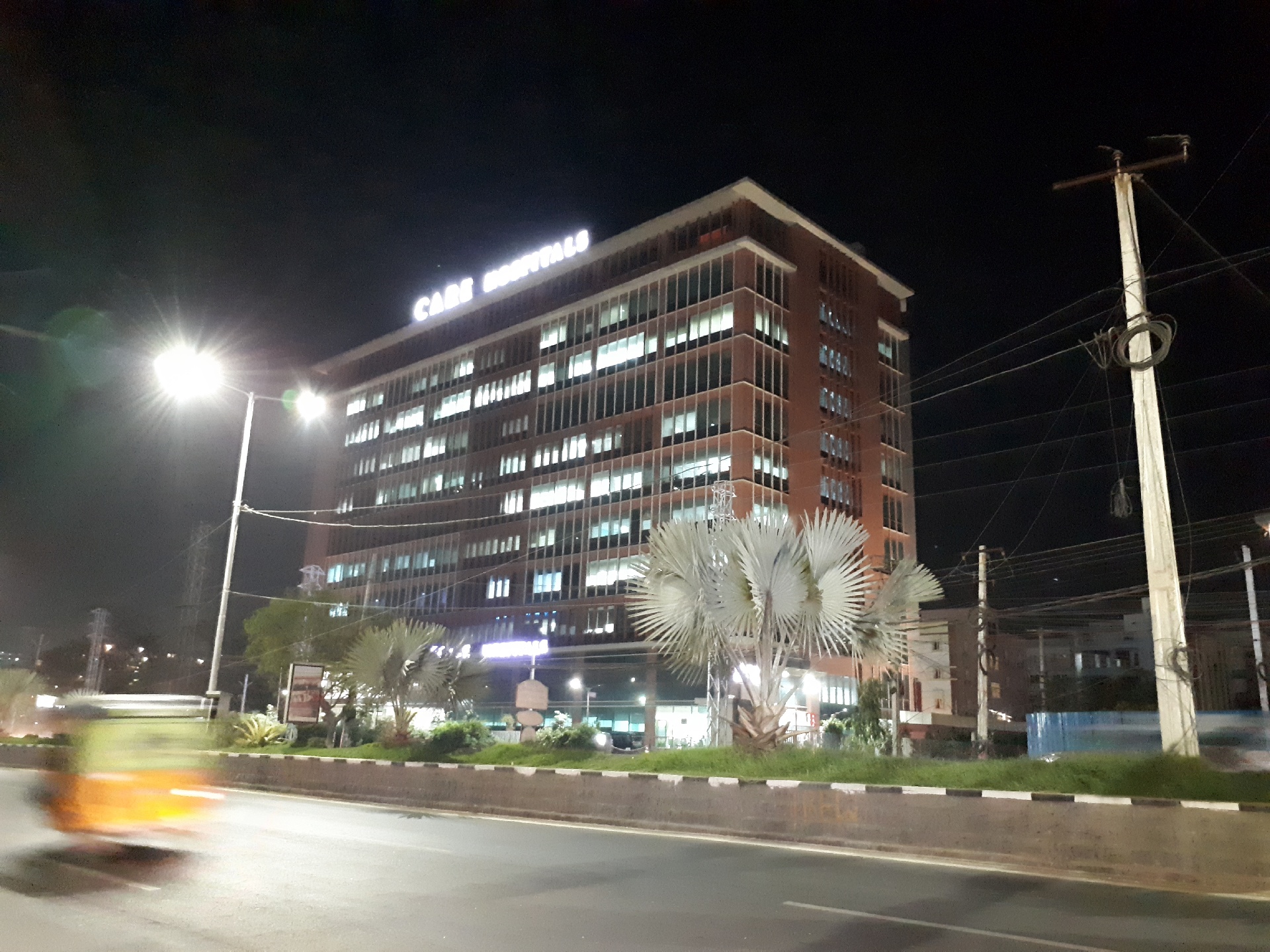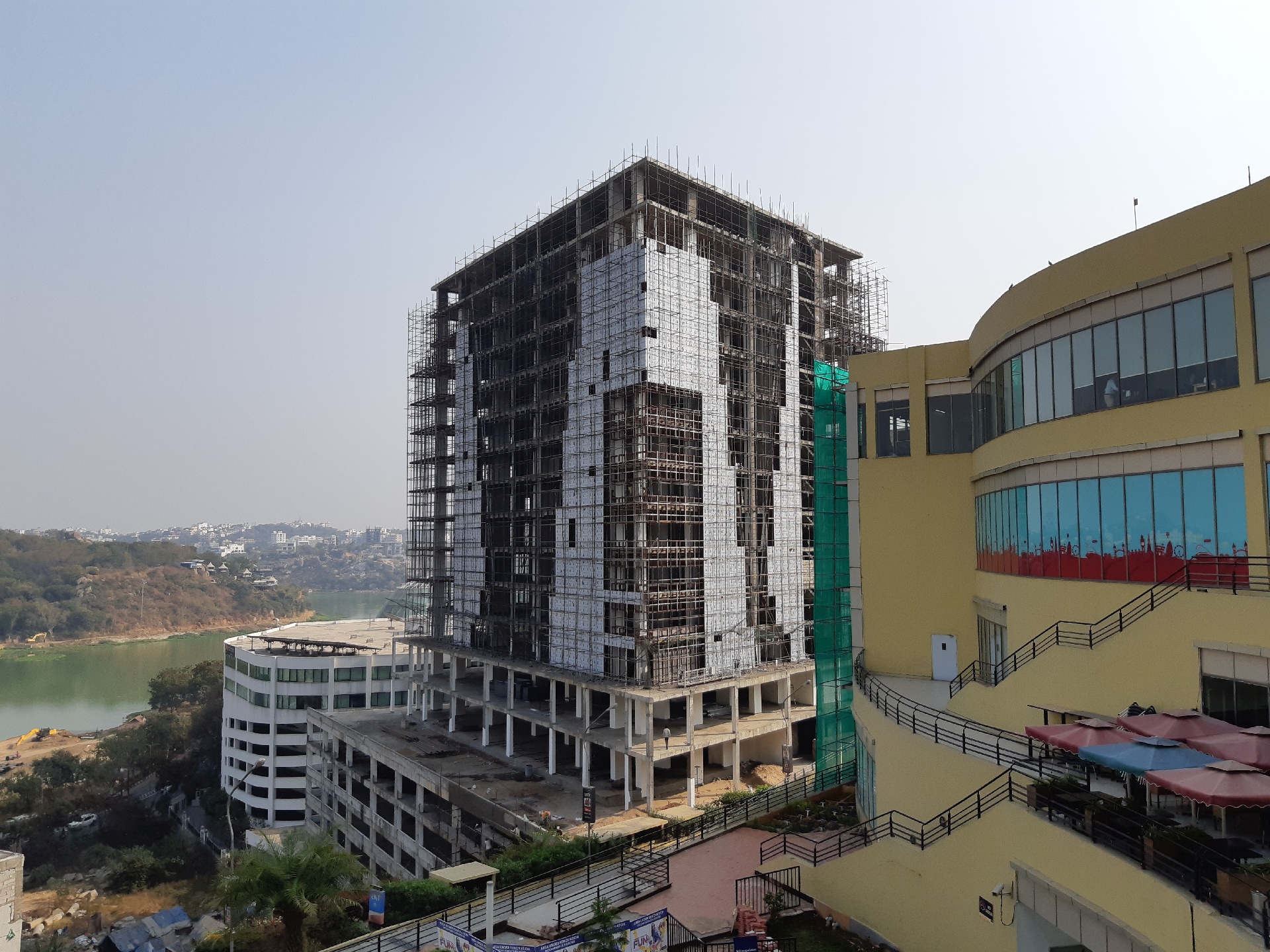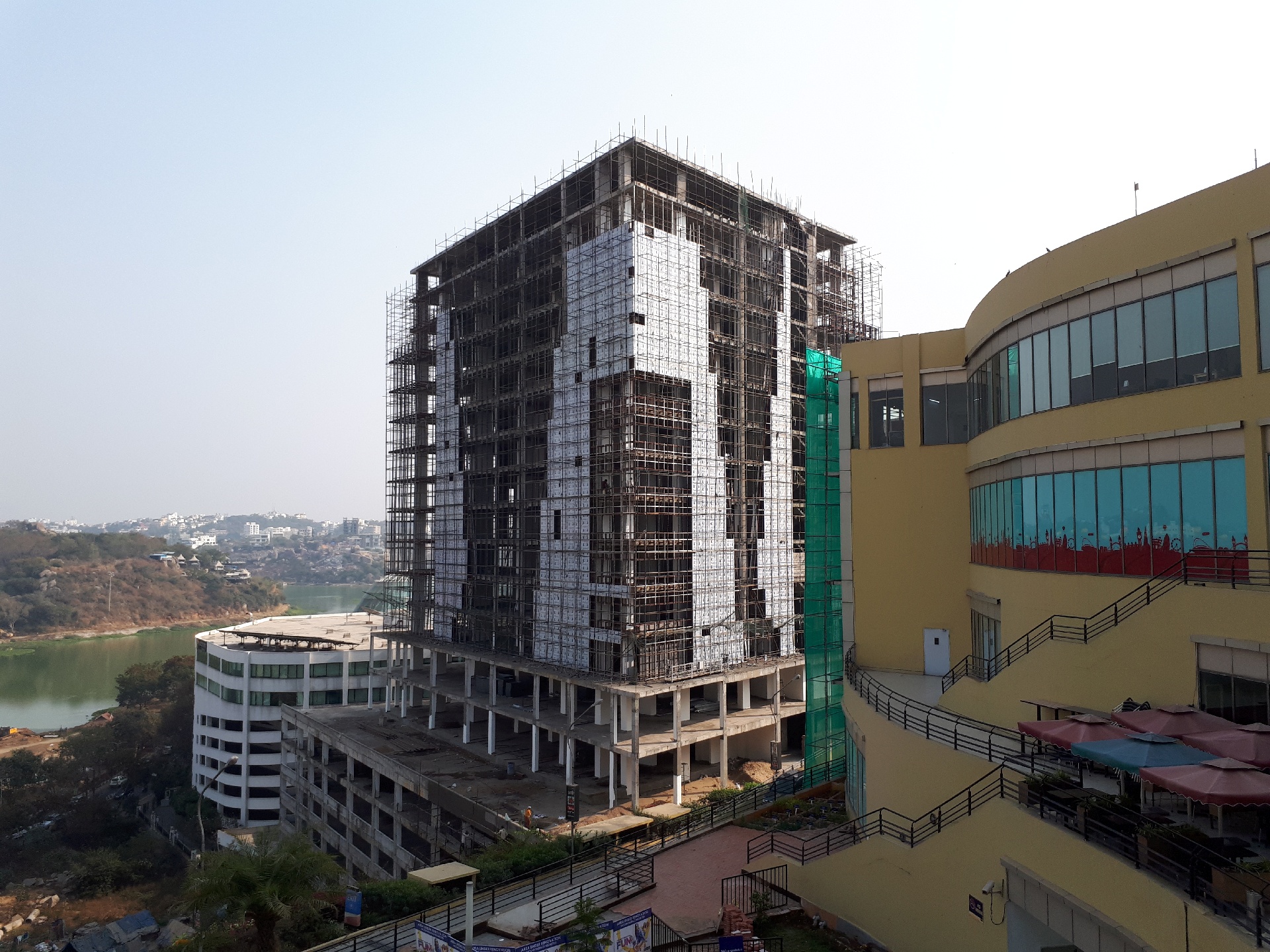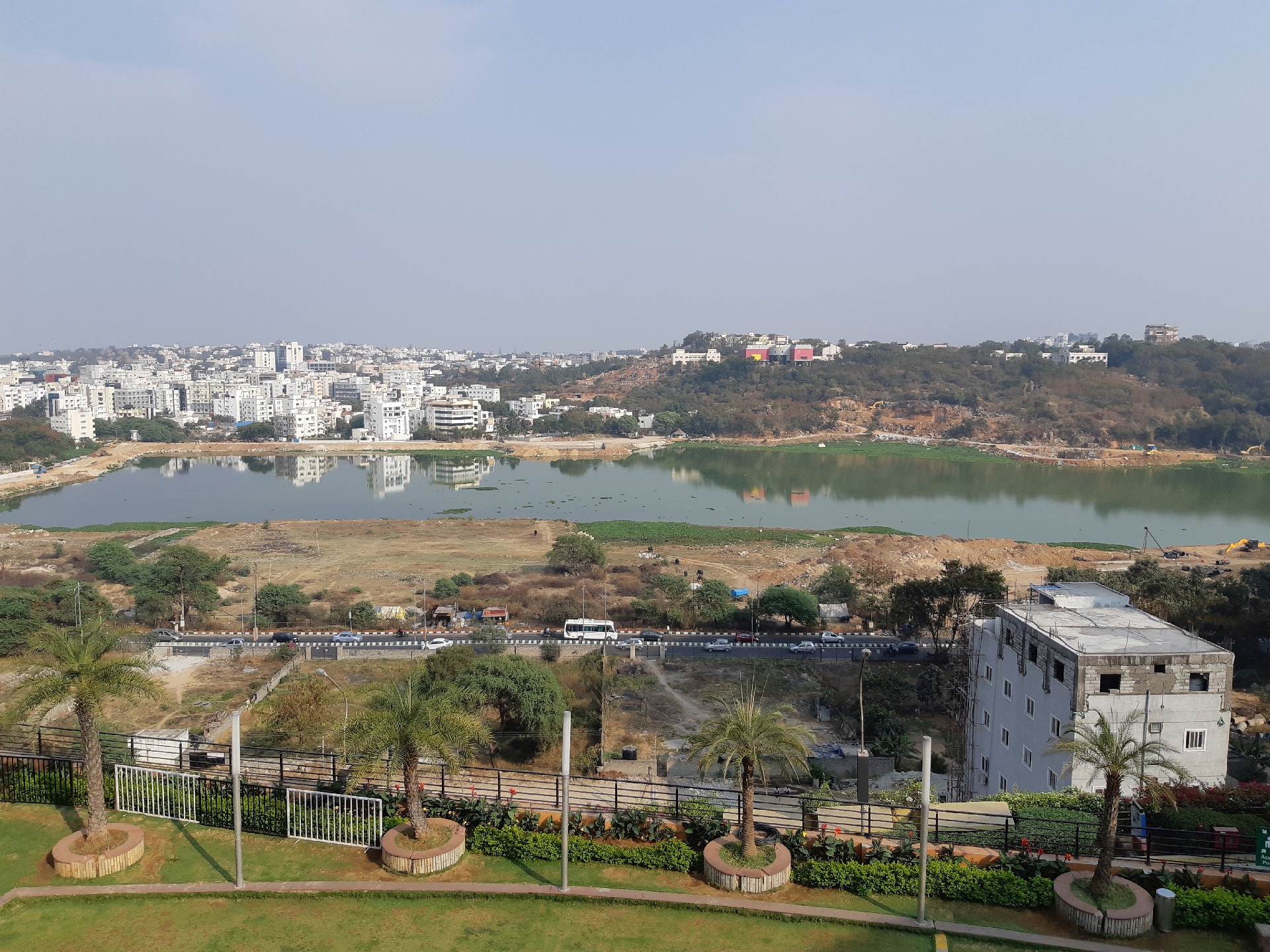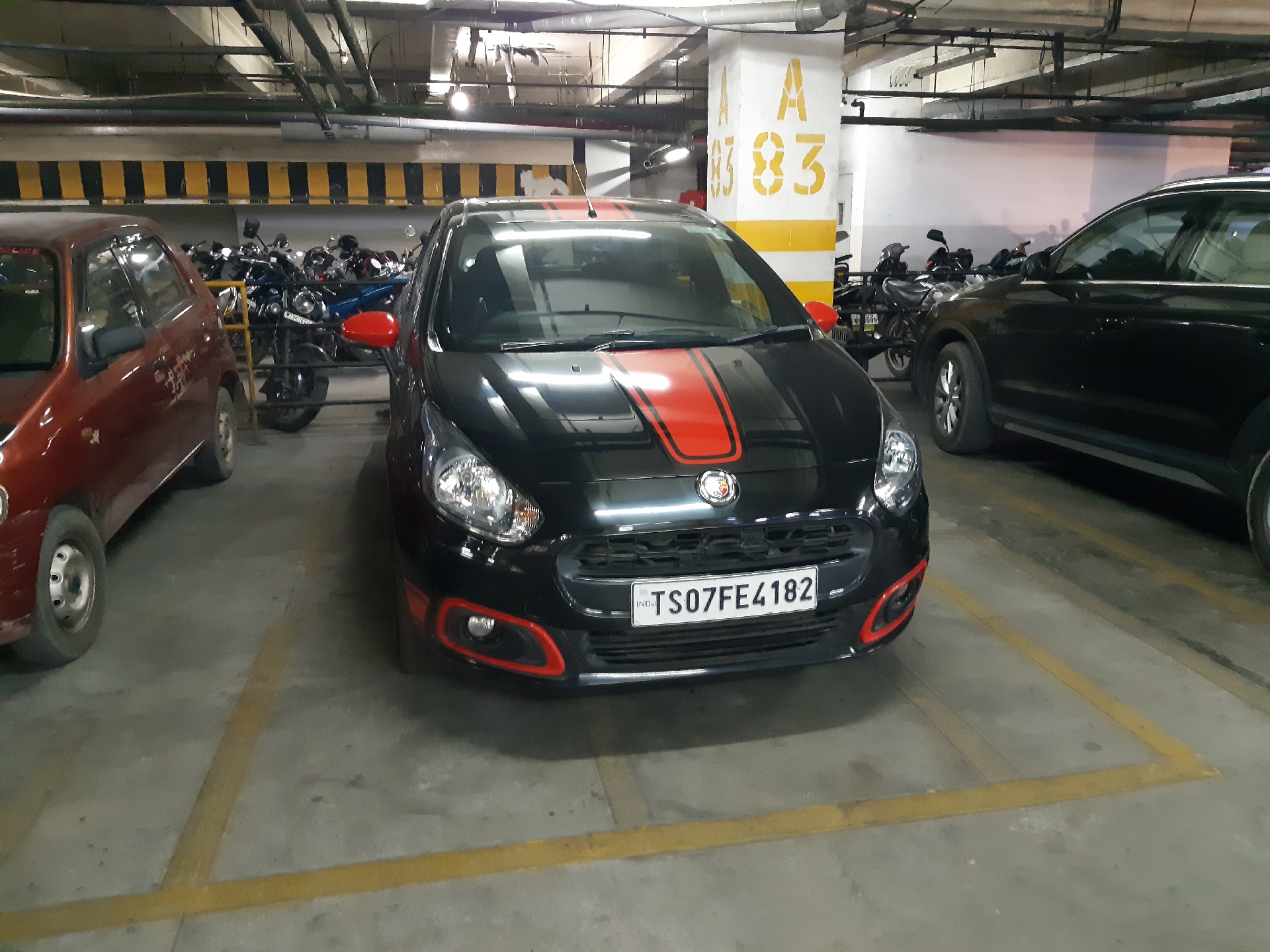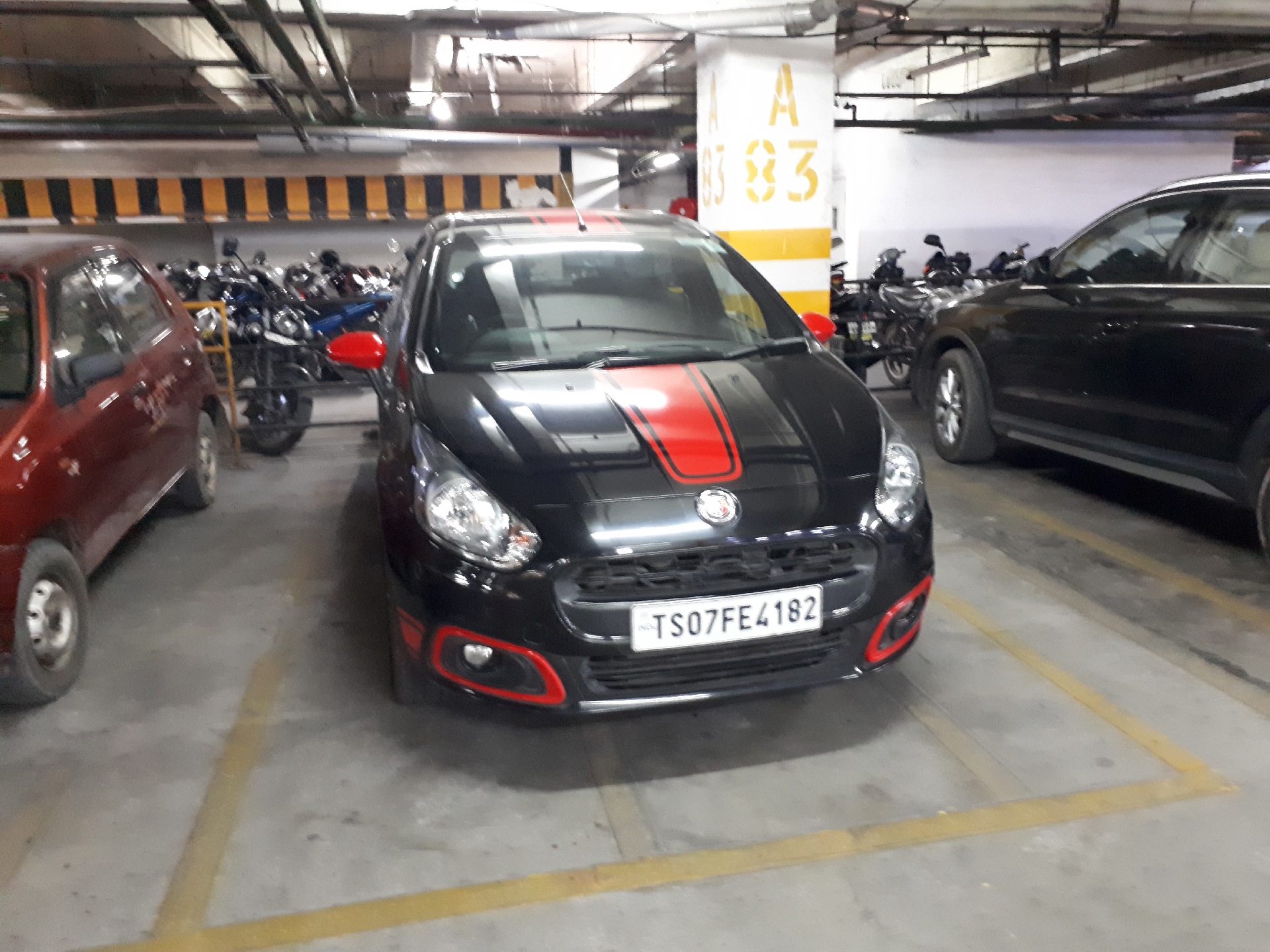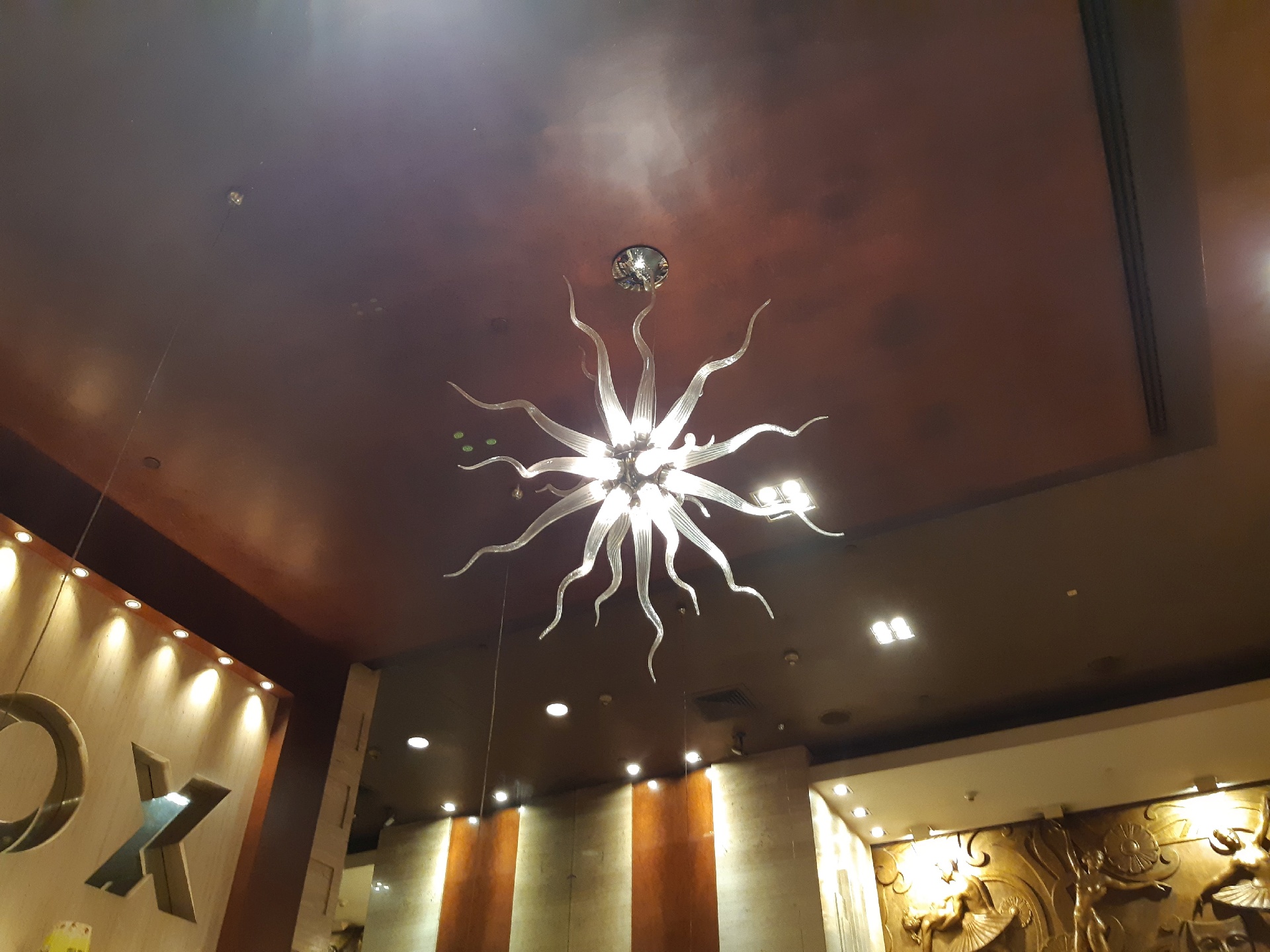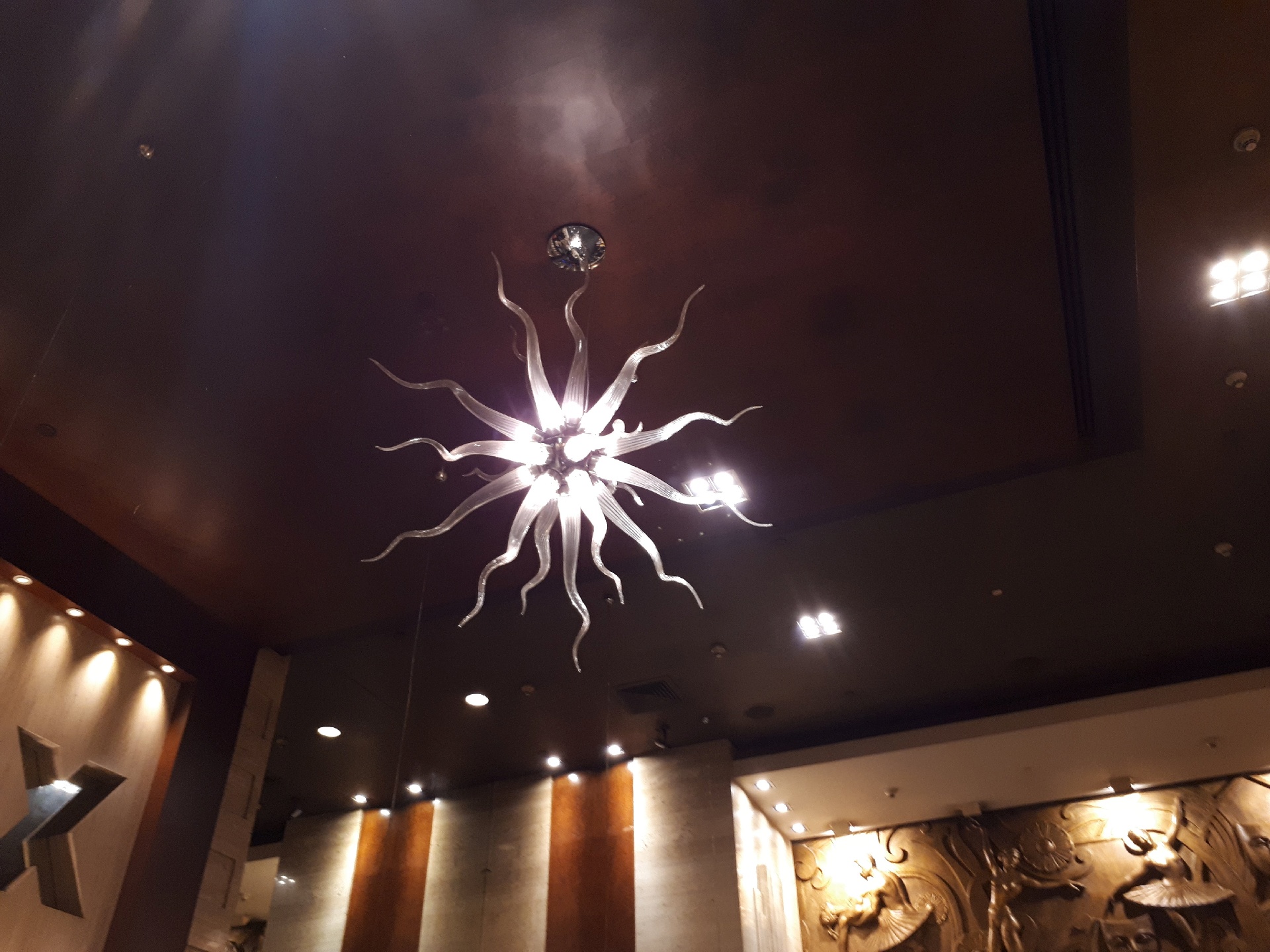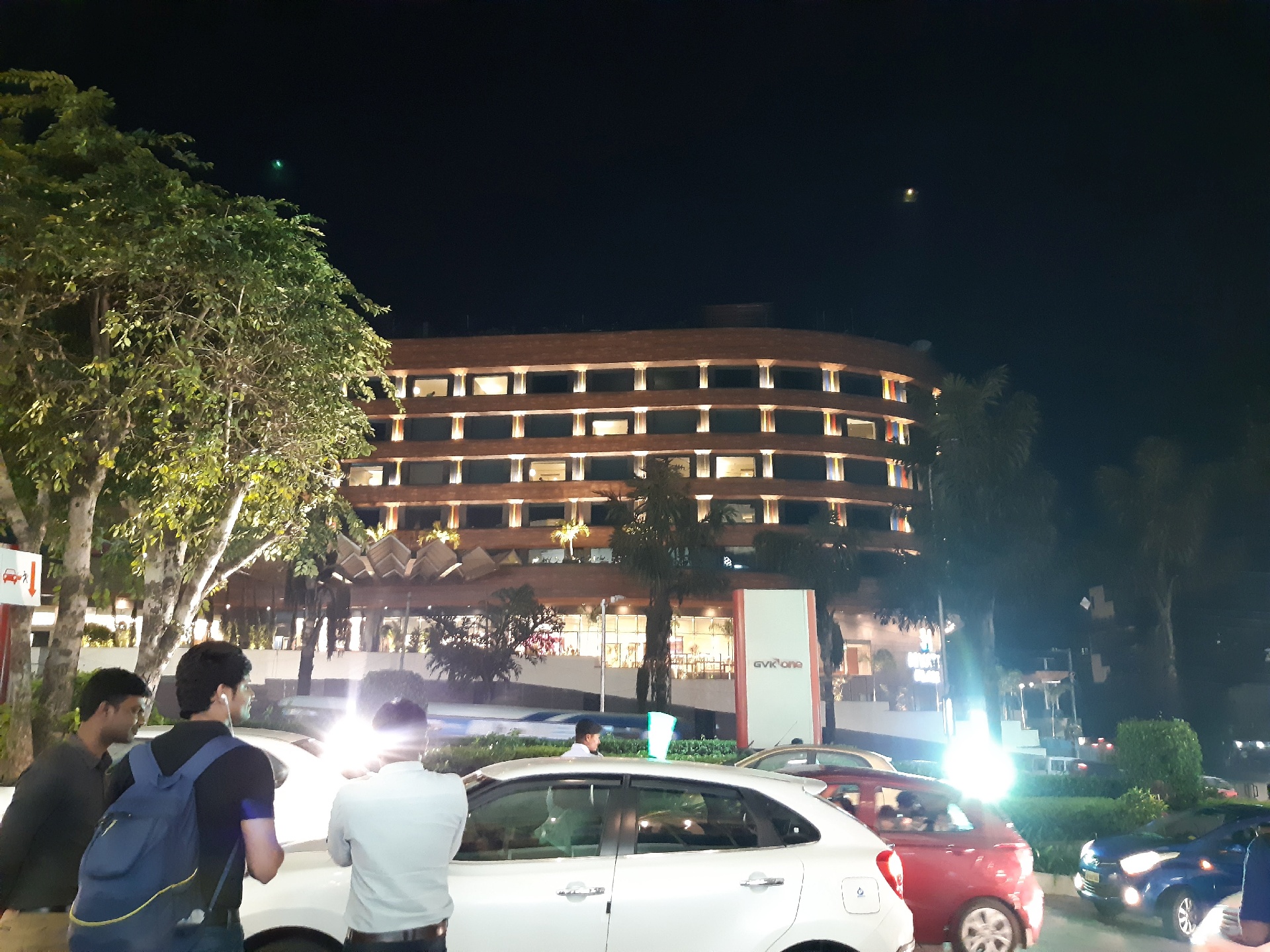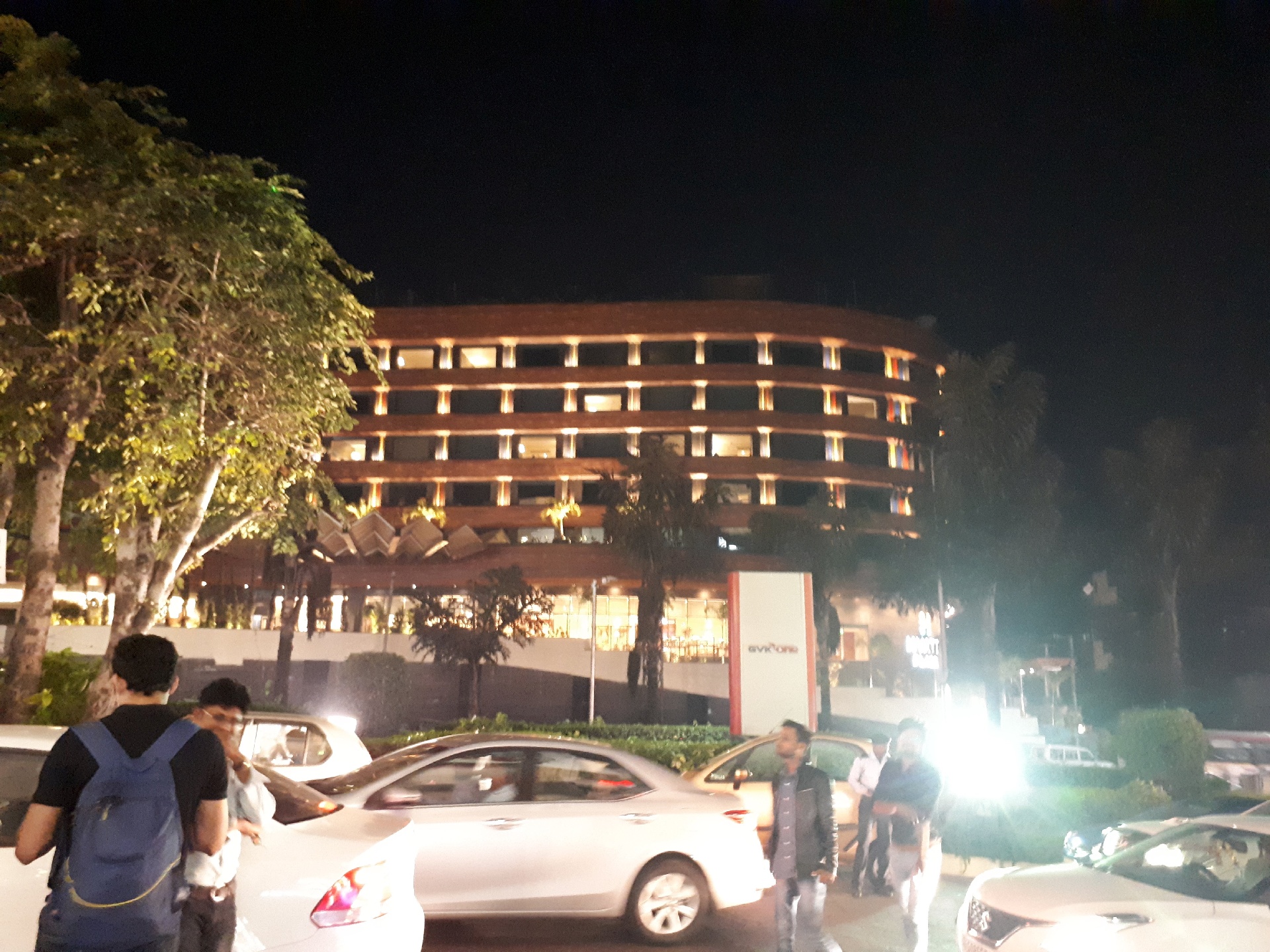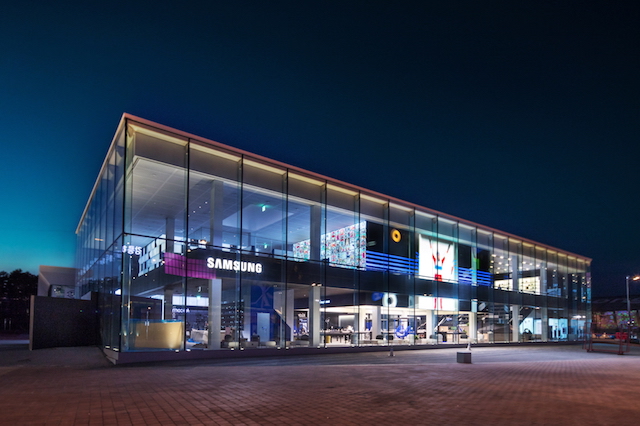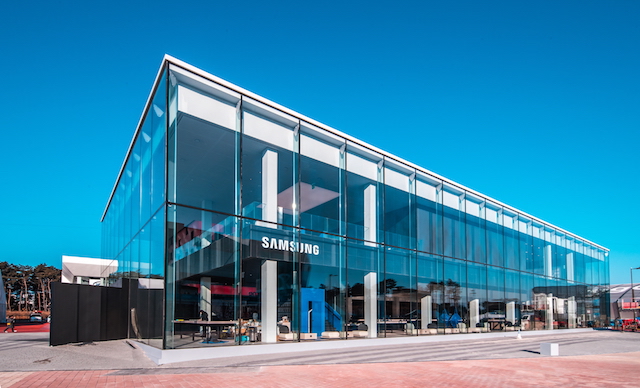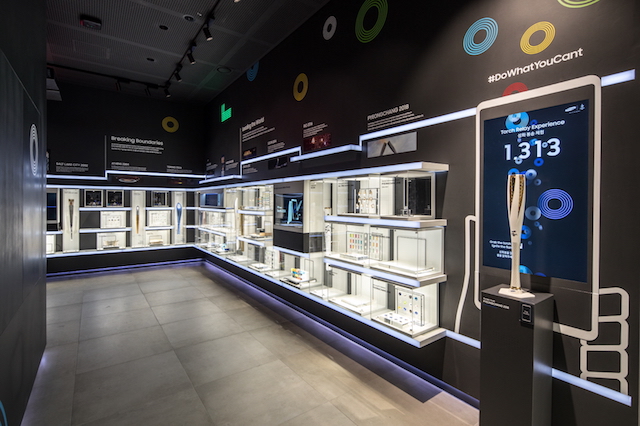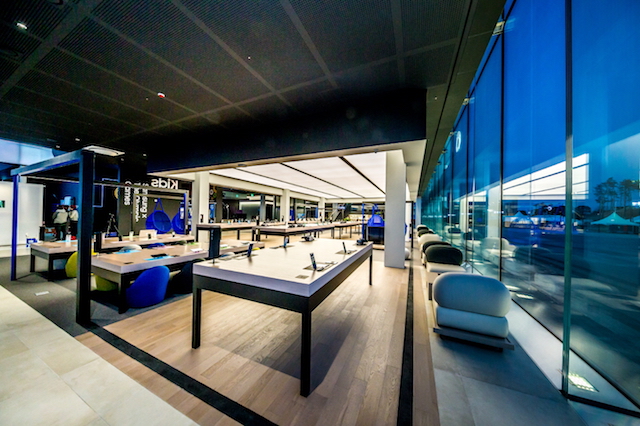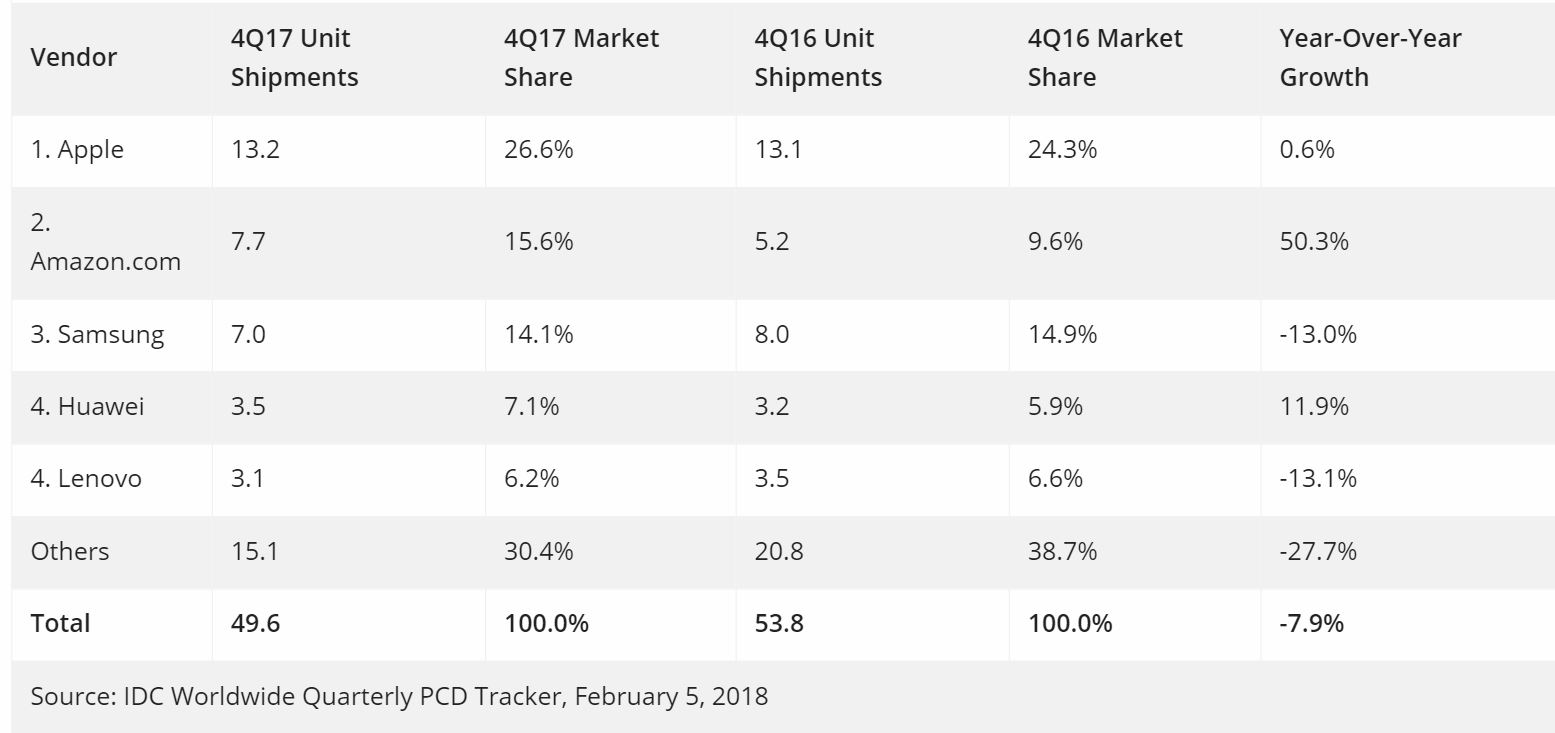When the Nougat beta program for the Galaxy S7 and Galaxy S7 edge ended, it was exactly 13 days later that the official Nougat update first rolled out to the S7 and S7 edge. Only beta users were on the receiving end for the initial few days, but Samsung did make good time in getting the update out the door soon after concluding the beta program. The Android 8.0 Oreo beta for the Galaxy S8 and S8+ debuted at around the same time as the Nougat beta a year before, but it went on far longer, partly because Samsung included a handful of additional countries for testing.
Yet, we have been hoping that the turnaround time for the official Oreo update will be similar to that for Nougat on the S7 and S7 edge. And, coincidentally, the fluke Android 8.0 Oreo release for the Galaxy S7 edge a few hours ago happened at around the moment the S8 and S8+ should have begun receiving the update, if we go by the timeline of the first official release of Nougat last year. The Oreo beta program came to a final halt on January 26th, when Samsung announced the last date of beta testing for the US variants, and January 26th would be somewhere between 12 to 13 days before now depending on your time zone.
Galaxy S7 edge Oreo update: Fluke, deliberate, or both?
That got me thinking: Did someone at Samsung just push out the update to the wrong device? Of course, development on Oreo for the S7 and S7 edge is probably not complete yet, but then there’s no word on what state the S7 edge Oreo update has been released in. It certainly seems to be the real deal; it has, at the very least, got our attention, with all of us here at SamMobile furiously mashing the software update button on our S8 and S8+ at this point.
Was this just an honest mistake, or is it the company’s way of teasing us even further? The latter is unlikely, as not a lot of people are going to be sitting around counting down the days as we have been. Or, well, given the excitement and anticipation for such major OS upgrades, there are probably quite a few users – those part of the beta program in particular – who may have been crossing days off the calendar.
There’s no way to tell, of course, and you should probably just pass this article off as the ramblings of an impatient Galaxy S8 owner trying to find a conspiracy or connection where there is none. All we can do is wait for the fateful day to arrive, like we’ve been doing for nearly two weeks at this point (or three months, for those who weren’t able to get in on the beta program).
Don’t Miss: What’s New With Android 8.0 Oreo
The post Accidental Galaxy S7 edge Oreo release: A conspiracy, or an honest mistake? appeared first on SamMobile.
from SamMobile http://ift.tt/2EOzUtI
via IFTTT



